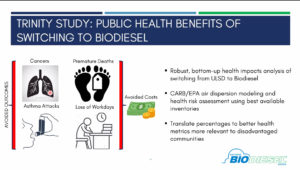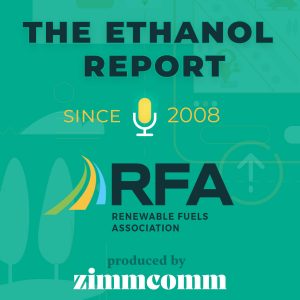 The biennial Export Exchange had to be cancelled last year, and again this year, due to the pandemic, but it will get back on its every even year schedule in 2022.
The biennial Export Exchange had to be cancelled last year, and again this year, due to the pandemic, but it will get back on its every even year schedule in 2022.
The event, sponsored by the Renewable Fuels Association, U.S. Grains Council and Growth Energy, will be held next Oct. 12-14, 2022, in Minneapolis, Minnesota.
“COVID dictated we cancel Export Exchange in 2020, and sadly, we have officially canceled it once again for 2021. However, we are excited to offer Export Exchange in 2022. This premier event allows overseas attendees the opportunity to build relationships with U.S. suppliers of distiller’s dried grains with solubles (DDGS), corn, sorghum, barley and other commodities, resulting in hundreds of millions of dollars in grain sales. We look forward to addressing issues facing U.S. exports, including market dynamics, trade policy, risk management and other timely topics as we educate global buyers and build awareness of U.S. grains and co-products.”
The 2022 Export Exchange is expected to bring together 200 international buyers and end-users of coarse grains and co-products, including distiller’s dried grains with solubles), with approximately 300 U.S. suppliers and agribusiness representatives. There have been five Export Exchange events since 2010, with the last being in 2018.
More information will be distributed in the coming months and will be available online at www.exportexchange.org.



 The Environmental Protection Agency has
The Environmental Protection Agency has 
 The
The  Comments from the
Comments from the 


 The
The  Indiana Governor Eric Holcomb this week vetoed legislation that would have a negative impact on sales of 15% ethanol fuel (E15) in the state.
Indiana Governor Eric Holcomb this week vetoed legislation that would have a negative impact on sales of 15% ethanol fuel (E15) in the state.